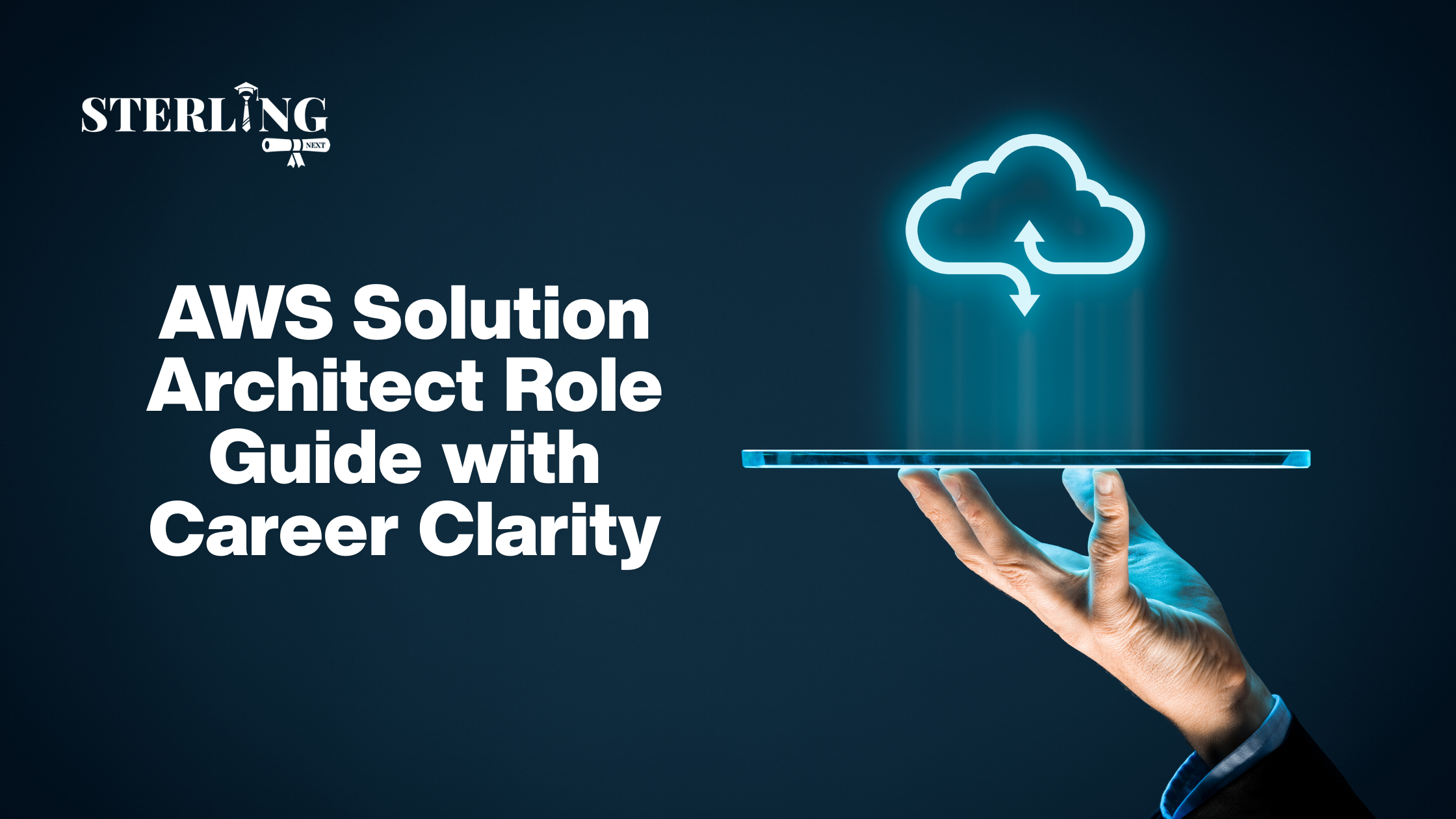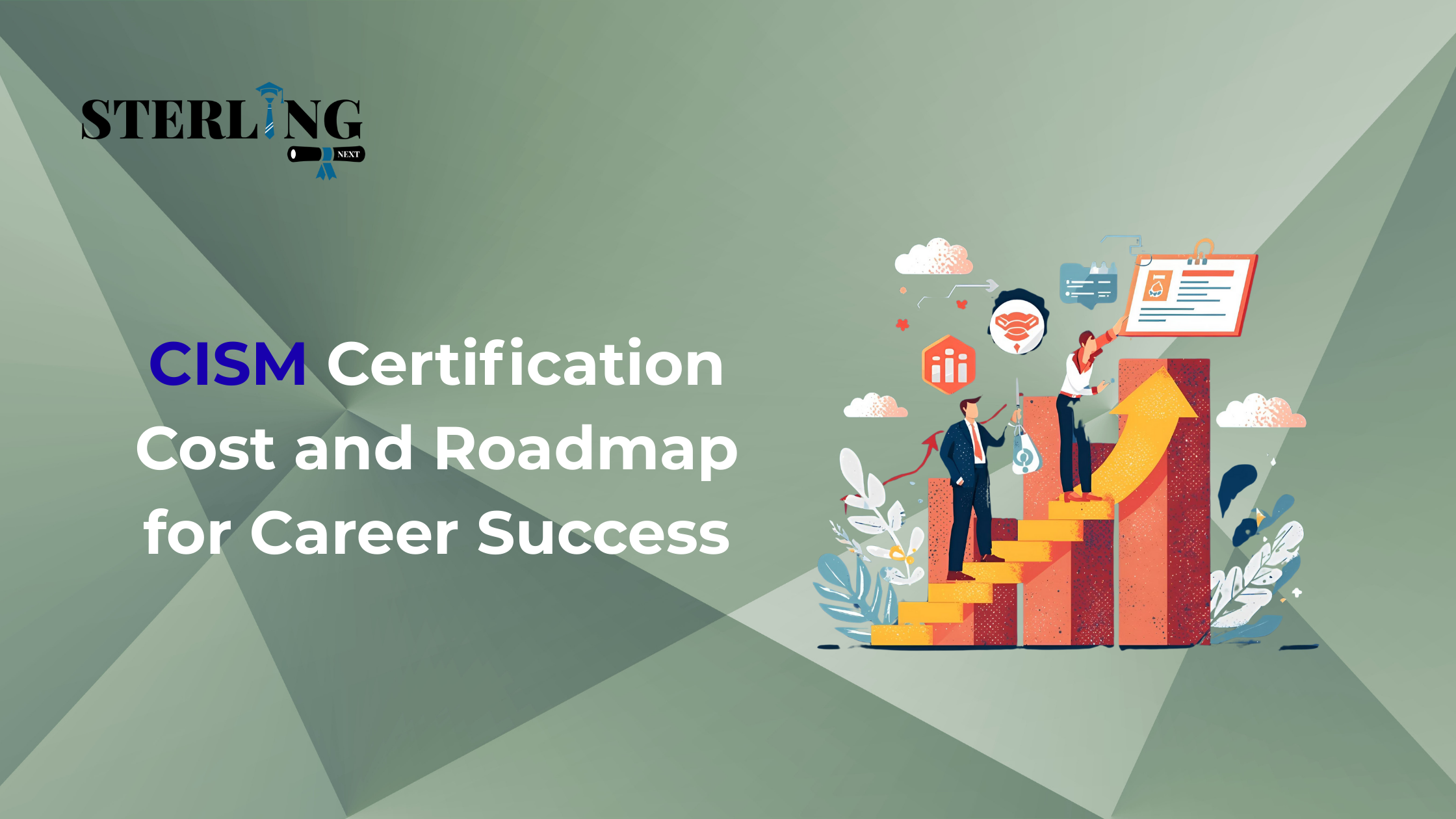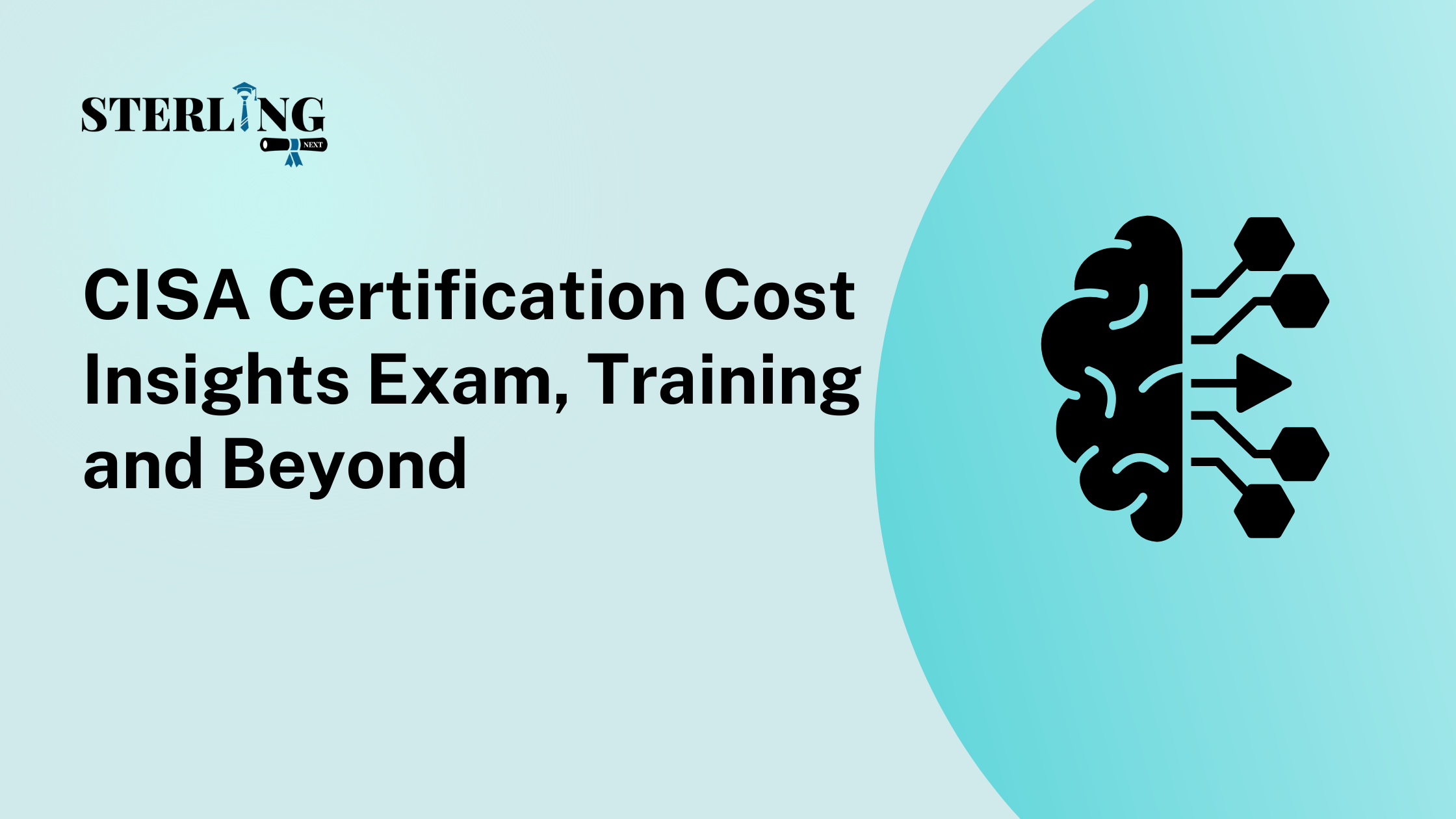- Call us now for any inquiry +1 832-957-9587
- Mail us for any query : support@sterlingnext.com
SterlingNext Learning Resources and Certification Programs
Welcome to SterlingNext, a destination for industry-aligned training and certification programs. Our courses are designed to support professionals across technology, management, and quality domains.Built with real-world focus, flexible delivery, and expert instruction to support today’s workforce.

All Resources
Featured Blogs

![]() Sachin Kumar
Sachin Kumar
September 16th, 2025
PgMP® Certification Requirements, Eligibility, an...
Review PgMP® eligibility standards, including education, experience, and certification requirements...
+A+Complete+Guide+to+Career+Success.png)
![]() Sachin Kumar
Sachin Kumar
September 9th, 2025
CompTIA Project+ (PK0-005) A Complete Guide to Car...
CompTIA Project+ (PK0-005) training online helps professionals master project management concepts, e...
.png)
![]() Sachin Kumar
Sachin Kumar
September 4th, 2025
Fundamentals of Software Testing Key Concepts and ...
Fundamentals of software testing highlight key principles and concepts that support quality assuranc...

![]() Sachin Kumar
Sachin Kumar
September 4th, 2025
Building a Strong Career Foundation with CompTIA P...
Prepare for success with CompTIA Project+ Certification. Gain project management skills, hands on pr...

![]() Sachin Kumar
Sachin Kumar
September 3rd, 2025
Start Strong with This AWS Solution Architect Exam...
Approach the AWS Solution Architect Exam with clarity. This guide offers clear tips, real strategies...

![]() Sachin Kumar
Sachin Kumar
September 3rd, 2025
AWS Solution Architect Role Guide with Career Clar...
Start your journey as an AWS Solution Architect with a clear direction. Understand the role, require...

![]() Sachin Kumar
Sachin Kumar
September 3rd, 2025
CISM Certification Cost and Roadmap for Career Suc...
CISM certification cost explained with a clean, step-by-step guide. Learn what you need to know abou...

![]() Sachin Kumar
Sachin Kumar
September 3rd, 2025
CISA Certification Cost Insights Exam, Training an...
CISA certification cost explained with exam details, fee inclusions, and career benefits to guide IT...

![]() Sachin Kumar
Sachin Kumar
August 28th, 2025
CISA Certification Requirements and Career Path Th...
Learn everything about CISA certification including requirements, exam details and career opportunit...
World-class training and development programs developed by top teachers
Whats Included
- World-class training teacher
- Bench has zero learning curve
- We handle the rest.


